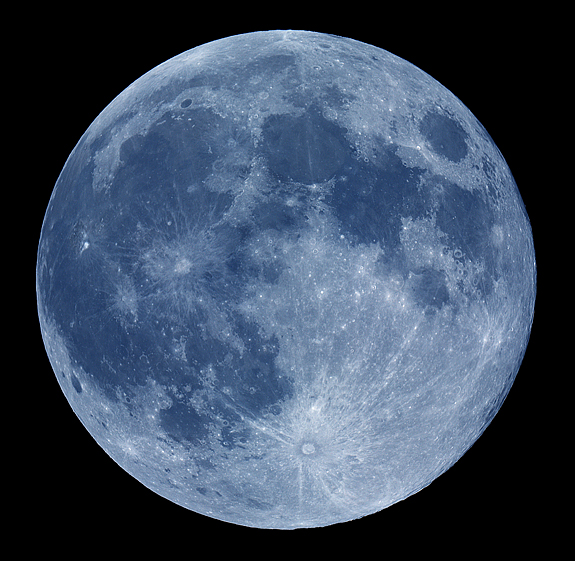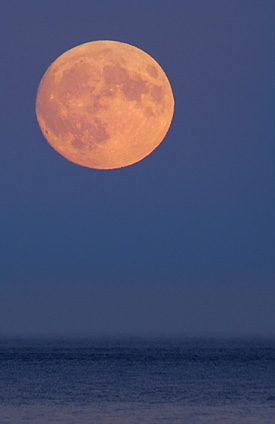
Whenever there’s a second full Moon in a month, the phrase “Blue Moon” gets a real work out in the popular press and on-line. Interestingly, that definition of a Blue Moon is of surprisingly recent vintage. What’s more, it’s rooted in a mistake.

The short version of the story is that this definition originated in an article appearing in the March 1946 issue of Sky&Telescope magazine. That article’s author misunderstood how the Maine Farmer’s Almanac used the term. The Farmer’s Almanac described the fourth full Moon in a given season as being a Blue Moon, but their rule was so convoluted that the S&T article simply got it wrong.
The story would have likely ended there had Deborah Byrd not found the S&T article while doing research for a 1980 broadcast of her radio program Star Date. That show seemed to have been the spark that lit the fuse. Since then, the “2nd full Moon in a month” definition for Blue Moon has only gained popularity and is now the most widely accepted meaning.
It’s ironic that a Blue Moon should attract so much attention since the full Moon is actually the least rewarding time to view the lunar surface in binoculars or with a telescope. The reason observers give the full Moon a pass is because there’s no shadow contrast and as a result, most lunar features appear flat and lifeless. Even big, prominent craters can be a tremendous challenge to find under these conditions. That said, the full Moon is an excellent time to view the feathery rays of craters like Tycho and Copernicus as well as subtle tonal gradations in the lunar Maria.
Did you find this article interesting or helpful? If so, consider using this link the next time you shop at Amazon.com. Better yet, bookmark it for future use. Thanks to Amazon’s associates program, doing so costs you nothing yet helps keep this site up and running. Thanks!
